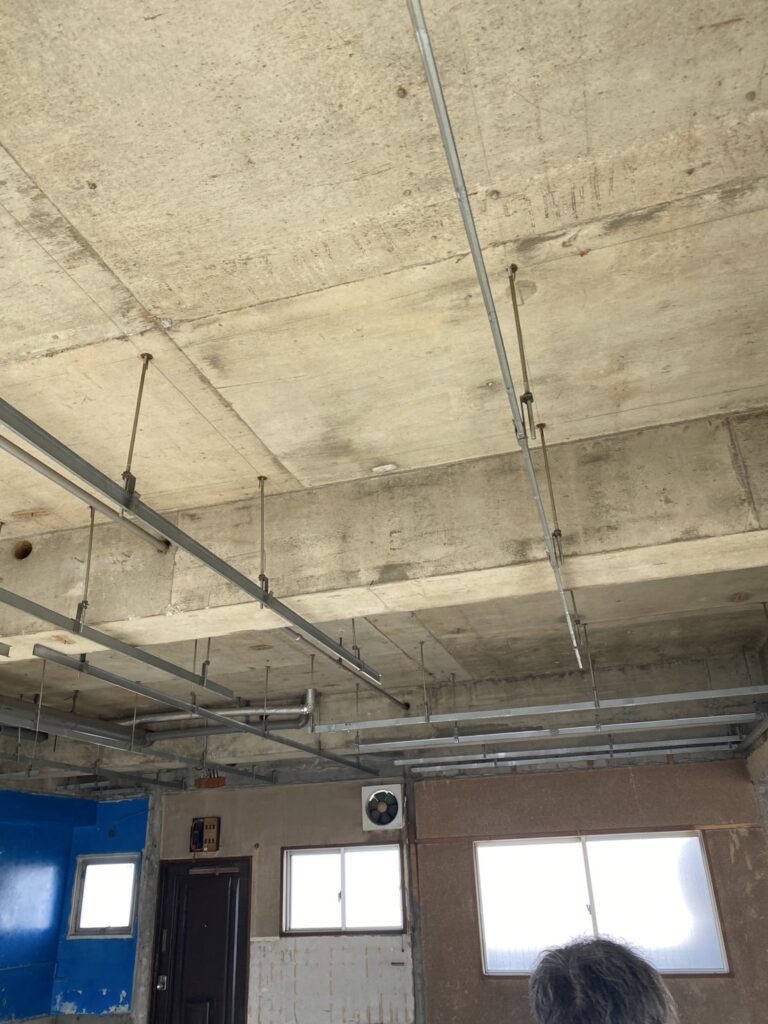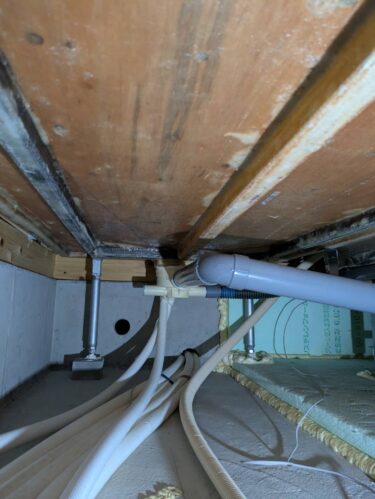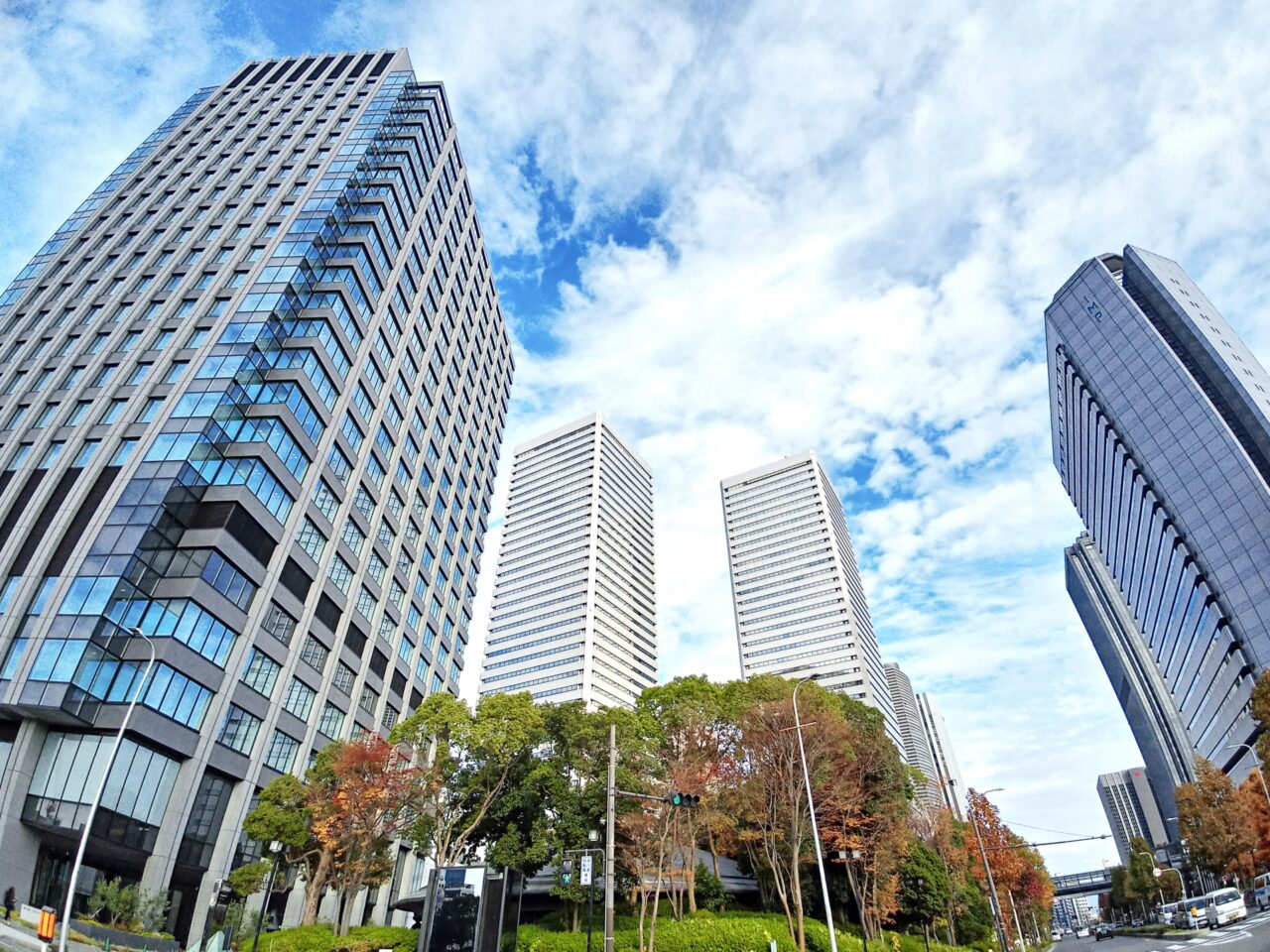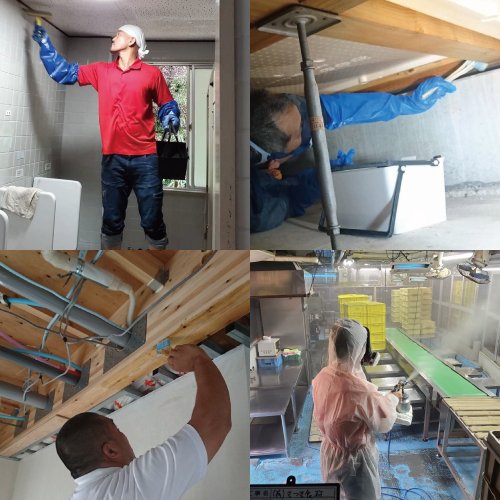Invisible Mold Risks in Luxury Homes: A Kansai Perspective
Even luxury residences are not immune to the risks posed by invisible mold. The humid climate of the Kansai region particularly fosters mold growth, potentially leading to health issues and depreciation of property value. This article delves into real-life cases of mold problems in affluent homes and outlines effective countermeasures.
By reading this article, you’ll gain a clear understanding of the risks of mold in luxury homes, strategies to mitigate these risks, and key points to prevent health hazards and property devaluation. Additionally, it provides insights into the relationship between the unique climate of the Kansai area and mold proliferation.
Early detection and appropriate measures are crucial to prevent health issues and property value decline due to mold. Use this article as a reference to implement comprehensive mold countermeasures in luxury homes and maintain a comfortable living environment.
1. Understanding Mold Risks in Luxury Homes
1-1. Unique Factors Contributing to Mold in Luxury Residences
Luxury homes often prioritize comfort and aesthetics, resulting in highly airtight designs. Such structures can inadvertently increase the risk of mold growth. Enhanced insulation and specialized wall and window structures can hinder air exchange with the outside, leading to trapped indoor humidity. Areas like bathrooms, kitchens, and walk-in closets are particularly susceptible if ventilation is inadequate.
Moreover, features like basements and wine cellars can experience condensation due to temperature differences with the outside air, creating ideal conditions for mold. The prevalent use of natural materials and wood in luxury homes, which readily absorb moisture, can further exacerbate mold issues. The emphasis on maintaining aesthetics often leads to concealed walls and ceilings, delaying mold detection and amplifying damage.
1-2. Health Impacts of Invisible Mold
Mold in luxury homes doesn’t just affect aesthetics or property value; it poses serious health risks. Spores and microbial volatile organic compounds (MVOCs) released by mold can adversely affect residents’ health, especially the elderly, young children, and individuals with allergies. Symptoms may include asthma, allergic reactions, dermatitis, headaches, and fatigue.
Exposure to mycotoxins produced by mold can lead to chronic health issues, a condition sometimes referred to as “mold poisoning.” The challenge lies in the fact that mold often grows in hidden areas like inside walls or under floors, silently compromising both the living environment and residents’ health.
2. Case Studies: Mold Issues in Affluent Homes
2-1. Mold Odor Problems in Luxury Condominiums
Recently, there has been an uptick in complaints from residents of high-end condominiums in urban areas about pervasive mold odors and mold growth, even in newly constructed units. These issues often stem from inadequate insulation or poor condensation management, especially in corner units or rooms with limited sunlight.
Design flaws in 24-hour ventilation systems can also lead to poor air circulation and trapped humidity. The presence of mold odors, even without visible signs, can cause significant psychological stress for residents, undermining their sense of well-being.
2-2. Reputational Damage Due to Mold
In the real estate industry, the presence of mold is often equated with a decrease in property value. For instance, a luxury condominium complex experienced multiple reports of mold damage shortly after completion, leading to significant financial losses for the developer due to repairs and resale challenges. The incident also tarnished the company’s reputation, affecting future projects.
Mold issues extend beyond hygiene concerns; they can severely impact the brand image of properties and the credibility of construction companies.
3. Health Implications and Countermeasures
3-1. Allergies and Respiratory Diseases Caused by Mold
Mold releases spores into the air, which, when inhaled, can trigger allergic rhinitis, exacerbate asthma, and cause bronchitis. These health risks are particularly severe for the elderly, young children, and individuals with pre-existing allergies.
If mold contaminates furniture, bedding, or carpets and is left untreated, residents may experience chronic health issues due to continuous exposure. Conditions like “mold-induced asthma” and “hypersensitivity pneumonitis” have been reported, underscoring the need for prompt action.
3-2. Connection to Sick Building Syndrome
Sick Building Syndrome refers to a range of health issues caused by indoor pollutants, including chemicals from building materials and mold. Symptoms encompass eye irritation, sore throat, headaches, fatigue, and nausea. In luxury homes, the use of natural materials and high-performance building materials can inadvertently increase the risk if ventilation is insufficient.
Mold hidden behind insulation or within walls can go unnoticed, leading to prolonged exposure and unexplained health problems. For affluent individuals seeking optimal living conditions, this represents a significant concern.
4. Strategies to Combat Mold Odors in Luxury Homes
4-1. Importance of Humidity Control and Ventilation
Managing indoor humidity is fundamental to preventing mold growth. The ideal indoor humidity level is between 40% and 60%; exceeding this range increases the likelihood of mold. Areas prone to moisture, such as bathrooms, washrooms, kitchens, and closets, benefit from the use of dehumidifiers and exhaust fans.
Implementing a 24-hour ventilation system is advisable, but regular maintenance, including filter cleaning and operational checks, is essential for effectiveness. Utilizing ventilation systems equipped with humidity sensors can automate air exchange when humidity levels rise, thereby reducing mold risks.
4-2. Necessity of Professional Mold Removal Services
Luxury homes often incorporate delicate materials that can be damaged by improper mold removal techniques. Natural materials like wood, plaster, and diatomaceous earth are particularly sensitive to moisture and chemicals, making standard mold removal products potentially harmful.
Engaging professional mold remediation specialists is crucial. Experts can tailor their approach to the specific materials and environment, ensuring thorough mold removal without damaging the property. Techniques like the “MIST method” utilize specialized agents and equipment to eliminate mold without abrasive actions, preserving the integrity of luxury materials.
Simultaneously applying anti-mold treatments during the removal process can prevent recurrence, offering long-term protection. These treatments are designed for both immediate effectiveness and sustained prevention, ensuring a mold-free environment.
5. Preserving Property Value by Preventing Mold
5-1. Importance of Regular Inspections and Early Detection
Proactive measures are essential to prevent mold before it becomes visible. During high-humidity periods, such as the rainy season or winter months prone to condensation, it’s important to inspect areas with limited air circulation, including behind wallpaper, furniture, and inside storage spaces.
Installing temperature and humidity monitors can help identify rooms and times prone to moisture accumulation. Collecting and analyzing this data enables homeowners to recognize patterns and implement timely interventions.
Additionally, periodic assessments by professionals can uncover hidden mold within building materials, allowing for prompt remediation and minimizing potential damage.
5-2. Advantages of Professional Mold Removal and Prevention
Managing luxury homes requires more than surface-level cleaning; it demands an understanding of structural and material considerations. Professional mold remediation services possess the expertise to handle various materials appropriately, ensuring both aesthetic appeal and safety.
Methods like the MIST technique, which involves non-abrasive application of specialized agents to decompose and remove mold, minimize material damage while effectively eradicating mold at its source. Post-removal, applying anti-mold treatments further reduces the risk of recurrence, maintaining a clean environment over time.
Ultimately, these measures can reduce the need for costly renovations and help maintain or even enhance the property’s value.
6. Mold Prevention in Kansai’s Luxury Homes
The Kansai region is known for its high humidity levels, especially during the rainy and typhoon seasons, leading to increased mold issues in homes. Areas along Osaka Bay and the basins of Kyoto and Nara are particularly susceptible due to geographical factors that trap moisture, making mold prevention indispensable.
6-1. Relationship Between Kansai’s Climate and Mold
In Kansai, the combination of hot, humid summers and condensation-prone winters creates ideal conditions for mold growth. Recent increases in sudden heavy rains and extreme weather events have led to spikes in indoor humidity.
Luxury homes with high airtightness can trap this external humidity, leading to internal moisture buildup and potential mold growth within walls. Areas with significant temperature differentials, like under floors and attics, are especially prone to condensation and subsequent mold development.
6-2. Introduction to Localized Mold Prevention Services
Kansai boasts numerous mold prevention specialists familiar with regional climate characteristics. Companies like “Kabi Busters Osaka” employ the MIST method, offering non-damaging, effective mold removal techniques suitable for delicate materials.





